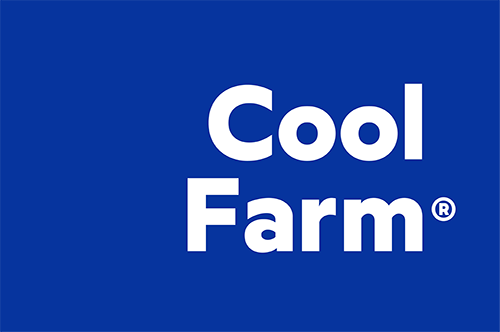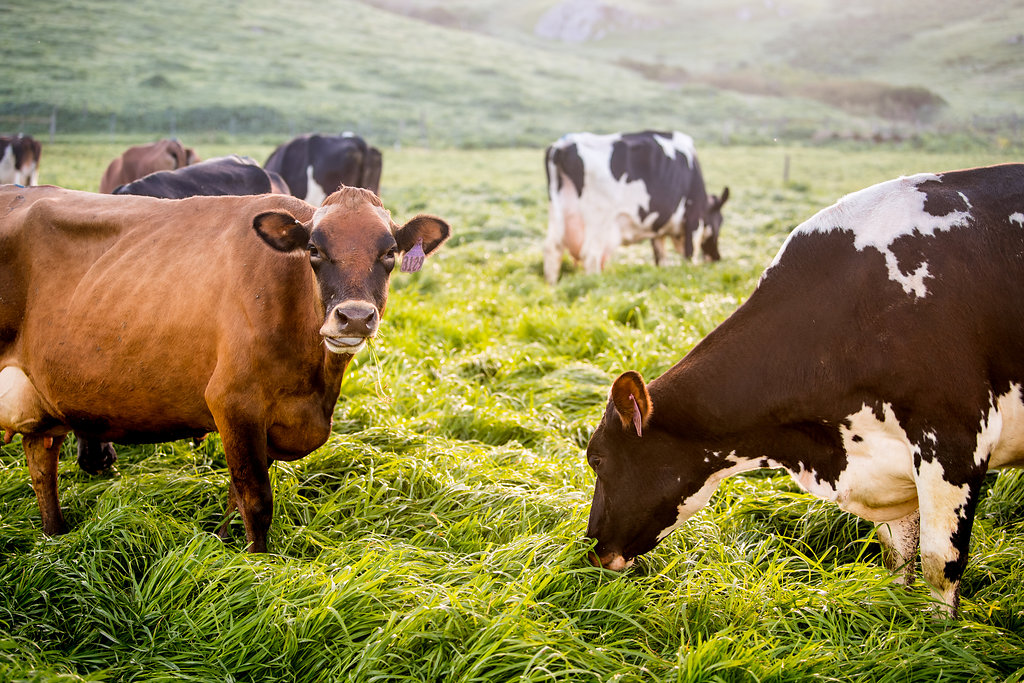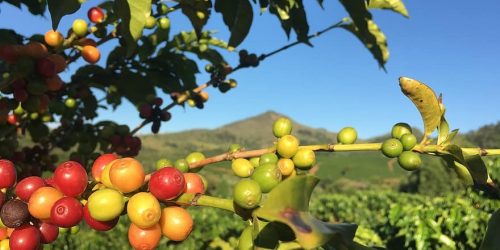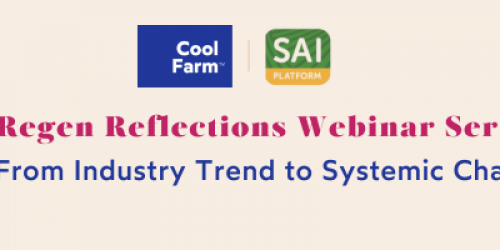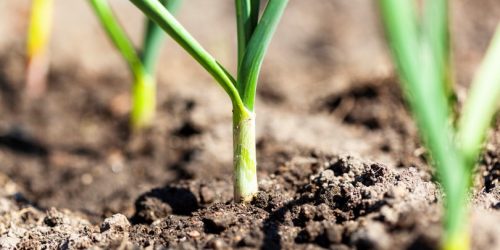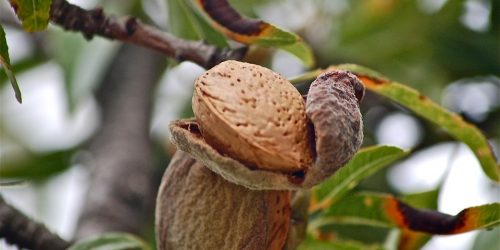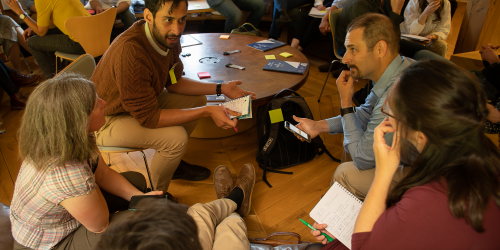Founded in 1994, Straus Family Creamery is a mission-driven, family-business dedicated to making premium organic dairy products with minimal processing. The Straus Dairy Farm and Creamery, located on the Northern California Coast, was the first certified organic dairy farm west of the Mississippi River and the first 100% certified organic creamery in the United States. In addition to its own milk, Straus Family Creamery processes organic milk from eleven other nearby family farms.
Why did you start using the Cool Farm Tool?
Joseph: “It’s quite simple. We needed a quality third party tool to show the emissions from the dairy farms that supply our Creamery with milk. The challenge was finding a GHG tool that was a good fit for dairy, that wasn’t overly complicated from a data entry standpoint and captured the uniqueness of the dairy farmscape. Cool Farm Tool does a very good job at that. After a thorough review of the available options, Cool Farm Tool was the best fit tool for our purposes as a brand manufacturer.
Our original goal was to generate a baseline inventory of our CEO’s, Albert Straus’, dairy farm and then measure the impact of management changes he had made over a twenty-year time period. Cool Farm Tool enabled us to achieve this task and provided us with great information along the way to help guide our strategy toward net carbon neutrality for our dairy supply chain.”
When you started, what was the Cool Farm Tool like?
Joseph: “The Cool Farm Tool was immediately intuitive and well informed from a farmer-based point of view. The dairy sector module asked for all the appropriate inputs and had an appropriate level of requested detail that kept the farmer engaged without being overly burdensome.”
Why is regenerative and sustainable agriculture important to you?
Joseph: “As a certified organic dairy processor, with a 27-year history, sustainable organic agriculture is a central tenant of our organization. Organic agriculture has transformed the landscape for the rural agricultural communities in our region over the past 25 years. We understand its critical importance in creating a food economy of the future that sustains the livelihoods of farmers, is good for the environment, and provides nutritious and quality food for our communities. Soil health and carbon sequestration is an essential element in the global fight against climate change and also a supportive contributor to sustaining regional farmers amidst the challenges we’re already facing due to climate change such as prolonged and more frequent periods of drought.“
By using the Cool Farm Tool, did you achieve any GHG reductions?
Joseph: “Cool Farm Tool helped us confirm our previous modelling of the impacts of installing a an anerobic methane biodigester at one of our network dairy farms. Cool Farm Tool shows that an annual reduction of 783 tonnes of C02e from this practice. It also raised our awareness of certain GHG emission sources that we’ve subsequently addressed through targeted solutions, such as organic manure management“
Did you encounter any limitations to model the impacts of different practices?
Joseph: “Cool Farm Tool doesn’t currently have the ability to estimate carbon sequestration or reduction values for many of the carbon farming or regenerative farming practices that we are implementing at many of the pasture-based organic dairy farms that supply our Creamery with milk. It’s not surprising given that the science and measurement behind these practices is still relatively new and researchers and ecologists are still learning new things every day. That said, for the core dairy operations or management of animals, pastureland, feed supply, and manure, the Cool Farm Tool provides decisive and helpful analysis that we can trust and feel strongly about as it helps us push for solutions in these areas.”
How has using the Cool Farm Tool informed what you are doing today?
Joseph: “Cool Farm Tool helps us easily communicate our embedded third-party agricultural emissions for company executives, which helps us align on future strategy and funding allocations for climate action. At the end of the day, it helps us show why certain climate action strategies like manure management and enteric emission reduction should be priorities due to their outsized climate impact on a dairy farm.”
What are your plans for the future?
Joseph: “We have an ambitious goal of working with the our network of dairy suppliers to create a net carbon neutral, on-farm, milk supply by 2030. We have created a model of solutions that we call the Climate Positive Dairy Farming Model. We hope to influence all of the farms in our network to adopt these strategies by creating cost-beneficial climate solutions that will benefit their dairy operation and the climate. We’re also incentivizing the farms who adopt these practices. Cool Farm Tool will help us establish our baseline emissions profile and over time, help us model, the reductions we achieved through climate positive dairy farming practices.”
How do you gain buy-in from your partner farmers?
Joseph: “We will be requiring our partner dairy farms to work with our staff to create a GHG baseline proposal for their farms and we will incentivize them for their efforts.
Our current approach is to use Cool Farm Tool to create a baseline emissions profile for the farm. This creates a great opportunity to sit down with the dairy farmers to gather more information and learn about how they manage their land and animals. Farmers are very interested to know what their emissions inventory will look like, so it creates a bit of excitement amidst the data collection to fill out the tool. In addition to filling out the Cool Farm Tool, we are also working with local ecologists and rangeland scientists to quantify reduction potential of carbon farming or regenerative farming practices that could be implemented on farms to sequester greater amounts of above and below ground carbon.”
Following your experience, what advice do you have for others?
Joseph: “The best path forward is to partner with farmers to help them use the tool and understand why we are using it. From there, I think it’s critical that the brands with available resources engage with the Cool Farm Alliance to help strengthen the tool over time so that we can have a more robust and trustworthy tool for the future that enables successful climate action and farmer engagement.”
Cool Farm Tool: Thank you for sharing your experiences.
If you wish to share your own experiences in an interview, please contact comms@coolfarmtool.org quoting “case study” in the subject line.
